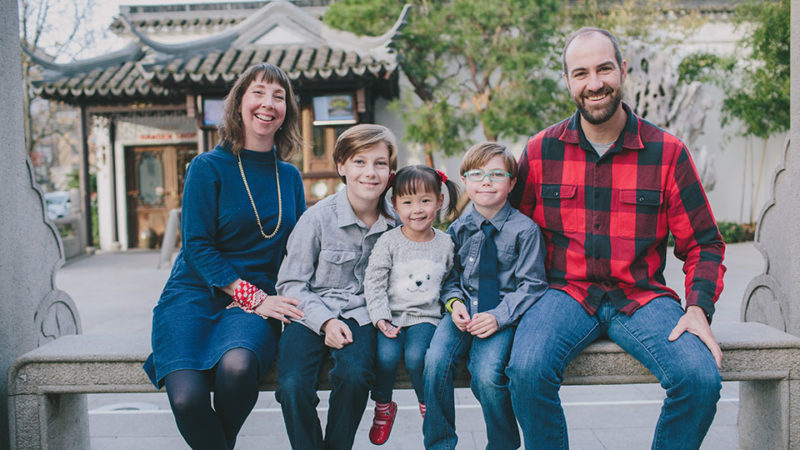Helping Adoptees Explore First (Birth) Family and Heritage Culture—Part I

As adoptive parents, one of our goals is for our children to have strong and resilient identities. For this to happen, it’s important to aid our children in understanding and honoring their story. Exploring their birth family and heritage culture is central to this. Part one of this series will focus on understanding birth family exploration. Part two will look at birth culture and part three will outline tangible steps adoptive families can take to support their child’s exploration of birth family and birth culture.
Part One—Understanding Birth Family Exploration
All of us, as we grow older, have questions whose answers help shape our identities. For adoptees, this process is a little more complicated because answers may not be readily available, especially when it comes to birth families. However, understanding and supporting adoptees’ exploration of their birth family is an important role of adoptive families.
First, let’s examine the term ‘birth family’ and what it means. We know words are powerful and have connotations beyond their explicit meaning. If we believe that language shapes the way we see and interpret reality, the term birth family itself can impact the way we understand them. It’s important to explore the meaning of the term as we seek to support adoptees in understanding their story. Who is their birth family? How do you become a birth family? What rights to birth families have? What are some of the systemic or institutional layers that prevent families from choosing to parent their child? How do adoptees make sense of this? According to adoption advocate, Valerie Andrews, “The term birthmother was created by adoption professionals to relegate the natural mother to a biological function. This term marginalizes mothers and creates a role for them in society which separates them from their lived experience… A mother cannot be a mother and a ‘birthmother’ at the same time. This term keeps her separate and apart, in her separate sphere.” So, how have these ‘birth terms’ informed the practice of birth family exploration? Is there a right way to talk about birth families or introduce birth family stories to adoptees?
Being cognizant of how we talk about our child’s first (or birth) family is a great place to start. We shouldn’t define their first family by only one moment in time, such as when they relinquished their child, but allow them dynamic meaning that our child can explore. Leaving space for ambiguities and accepting that this is complicated stuff, will allow our child to feel more comfortable in their process.
It’s important to know that first family exploration involves trying to understand many facets. For example, children may have questions related to geography such as, where is my first family and how far is that from me. They may also wonder about the reason they were relinquished. Was it due to a mental health need, poverty, incarceration, or other? Children may want to explore their first family’s past or current circumstances to understand, for example, how accessible their first family might be. They may also be trying to understand how their first family fits into their adoptive family dynamics. Children may also be wondering about the social implications of first family exploration, and this may be influenced by their developmental stage. For example, age or relationship status may prompt different priorities in their exploration.
The most important thing to remember is that we should not only allow our children to explore their first family but encourage them to lead that exploration with our full support. Look for Part Two in this series soon, to understand heritage (or birth) culture exploration, and finally, Part Three to learn about tangible ways to support our kids through this process.